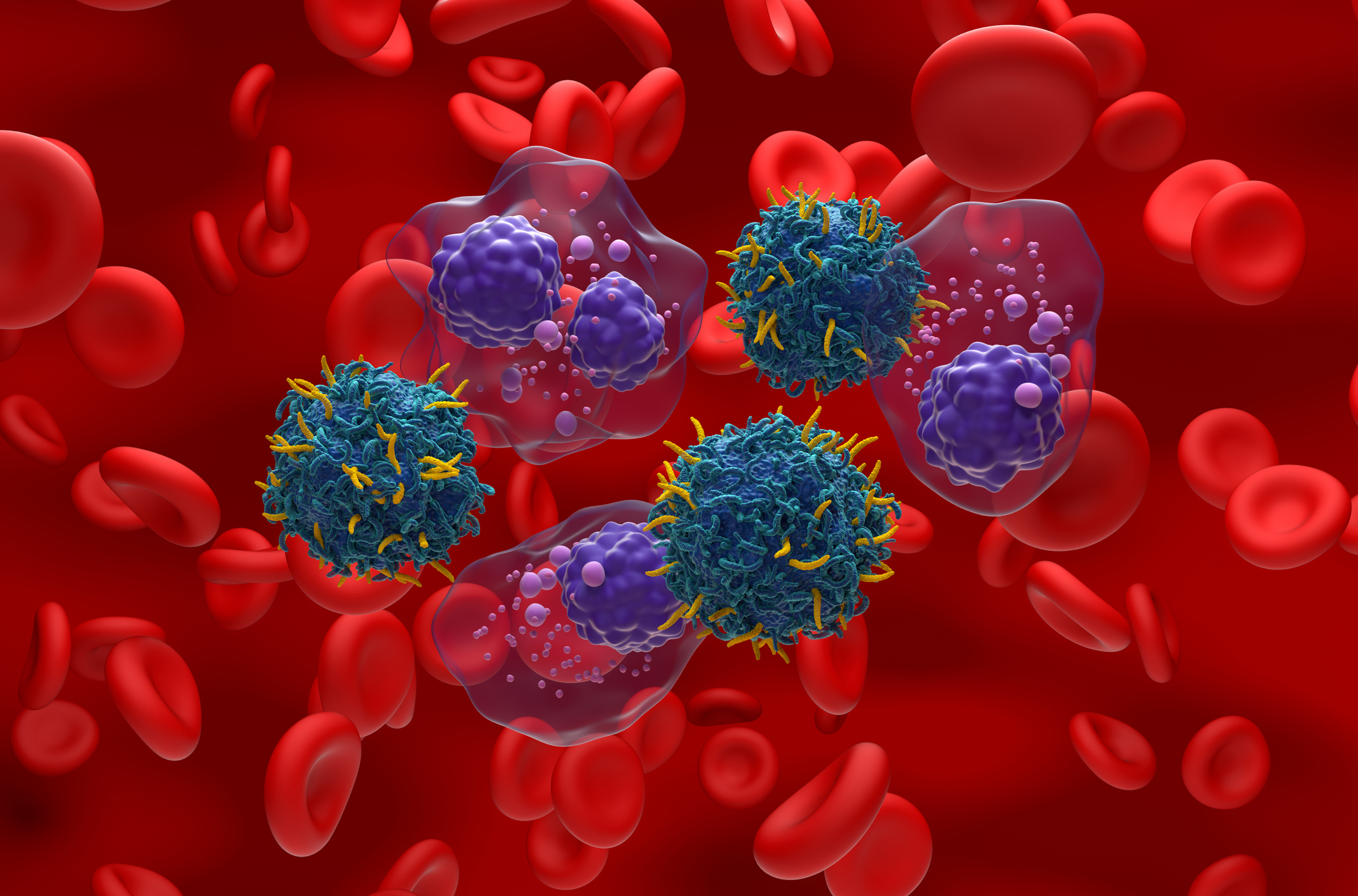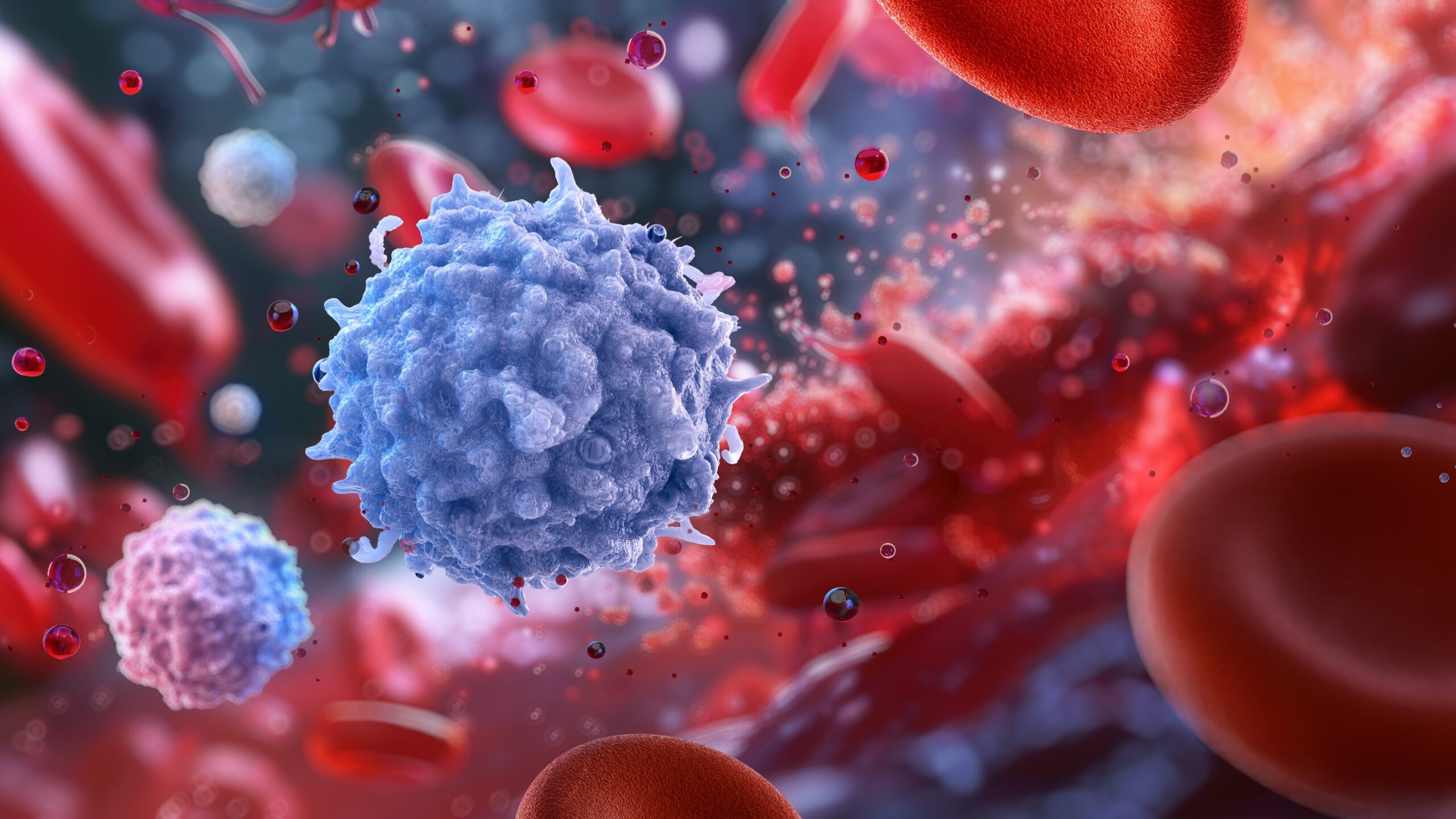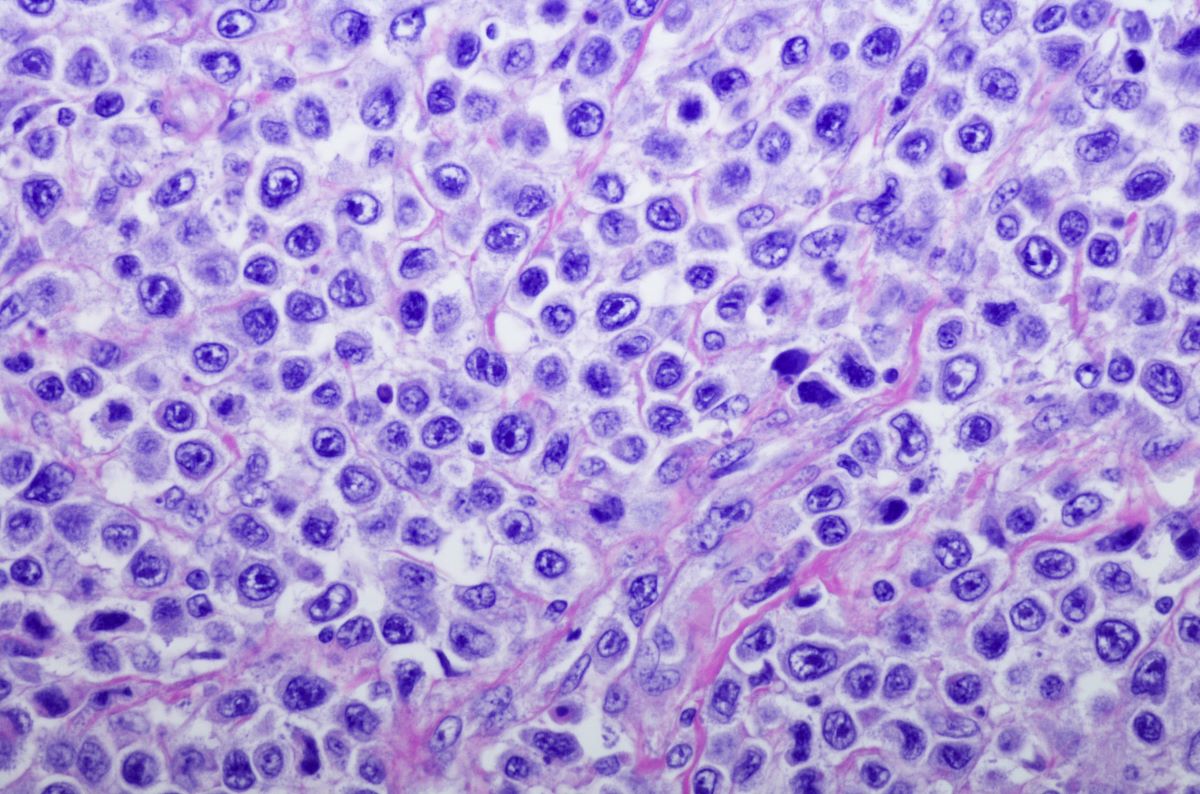
The addition of certain semi-quantitative and volumetric analyses may help distinguish disease prognostication and response with greater accuracy in pediatric Hodgkin lymphoma, according to preliminary data from the EuroNet-PHL-C2 trial.
The data, which were presented at the Society of Nuclear Medicine and Molecular Imaging 2023 Annual Meeting by Egesta Lopci, MD, PhD, of the IRCCS – Humanitas Research Hospital in Italy and colleagues, were from the Italian cohort of patients with pediatric Hodgkin Lymphoma enrolled in the trial.
The analyses were used to assess the predictive value of various parameters associated with [18F]fluorodeoxyglucose positron emission tomography (FDG PET)/computed tomography, which is the main tool for assessing response in pediatric Hodgkin lymphoma.
The researchers analyzed data derived from the first 150 patients (78 male, 72 female; median age, 15 years) with Hodgkin lymphoma who were enrolled at 24 Italian centers from January 2017 to December 2020. All patients were treated within the same EuroNet-PHL-C2 protocol. Response to therapy was based on Deauville score and classified into adequate and inadequate response as per protocol definitions.
The researchers then examined the predictive role of volumetric and semiquantitative analyses, i.e., SUVmax, SUVmean, metabolic tumor volume (MTV), and total lesion glycolysis (TLG), as well as lymphoma dissemination (Dmax; the largest distance between detected lesions), in patients scanned with FDG PET at baseline and during the course of therapy. In particular, treatment response was assessed at early and late evaluation.
The results showed a statistically significant difference of median values for all baseline parameters and treatment evaluation with early response at early PET evaluation (P<.05). The significant correlation of semi-quantitative and volumetric parameters at baseline was also confirmed at logistic regression for SUVmax (P=.001), MTV (P=.008), TLG (P=.009), and Dmax (P=.003).
Multiple regression did not define any independent predictor of response for early evaluation among the baseline parameters, although a borderline significance was reached for Dmax (P=.056).
“Baseline semi-quantitative and volumetric parameters correlate to [early evaluation] PET results and show a statistically significant correlation to Deauville score at [late evaluation],” the authors wrote. “These preliminary data also support the use of baseline Dmax as possible predictor of response in pediatric [Hodgkin lymphoma] patients.”
Reference
Lopci E, Caterina E, De Re V, et al. Predictive value of baseline FDG PET/CT parameters in pediatric Hodgkin Lymphoma: initial results of an Italian prospective study. Abstract #P941. Presented at the Society of Nuclear Medicine and Molecular Imaging 2023 Annual Meeting; Chicago, Illinois, June 24-27.






 © 2025 Mashup Media, LLC, a Formedics Property. All Rights Reserved.
© 2025 Mashup Media, LLC, a Formedics Property. All Rights Reserved.